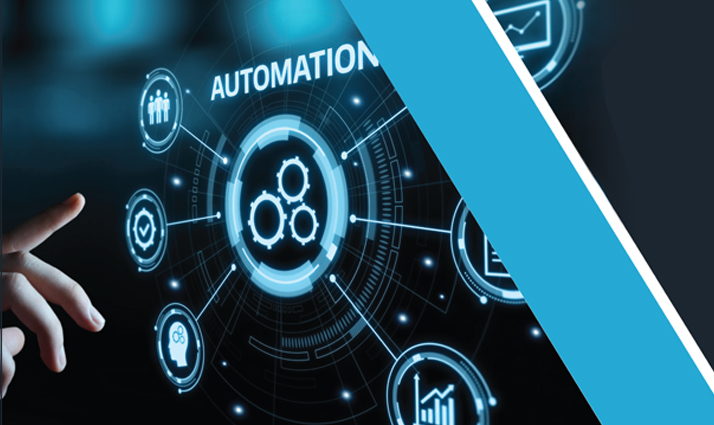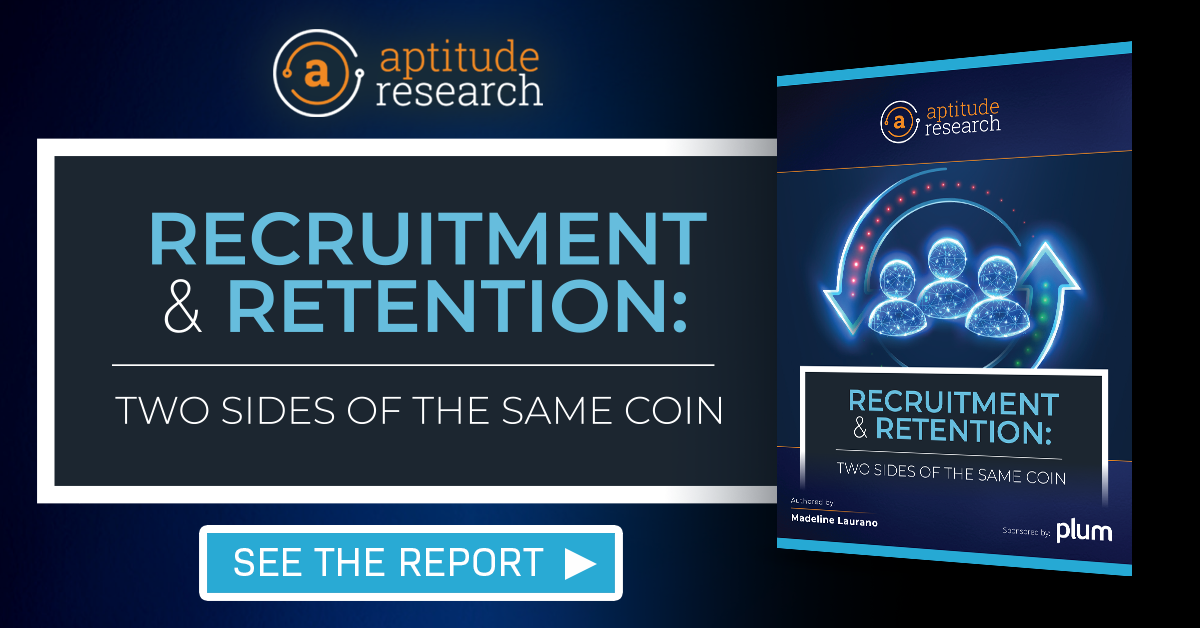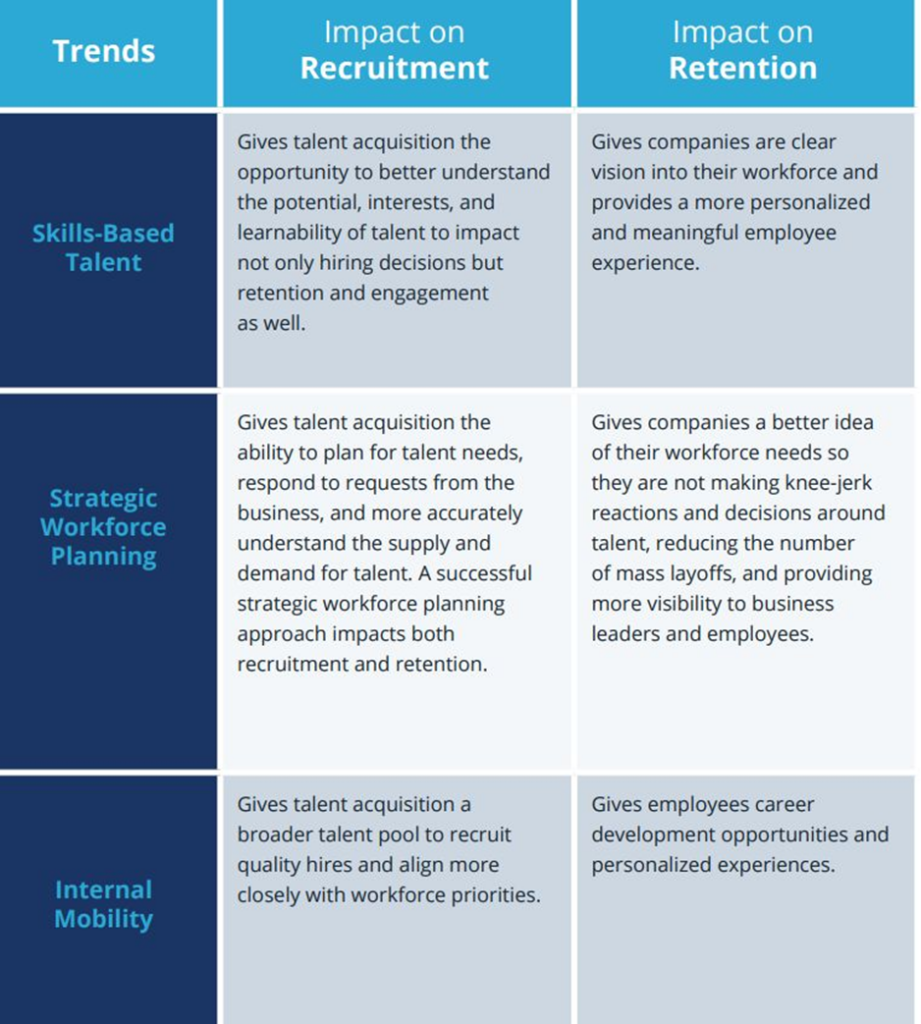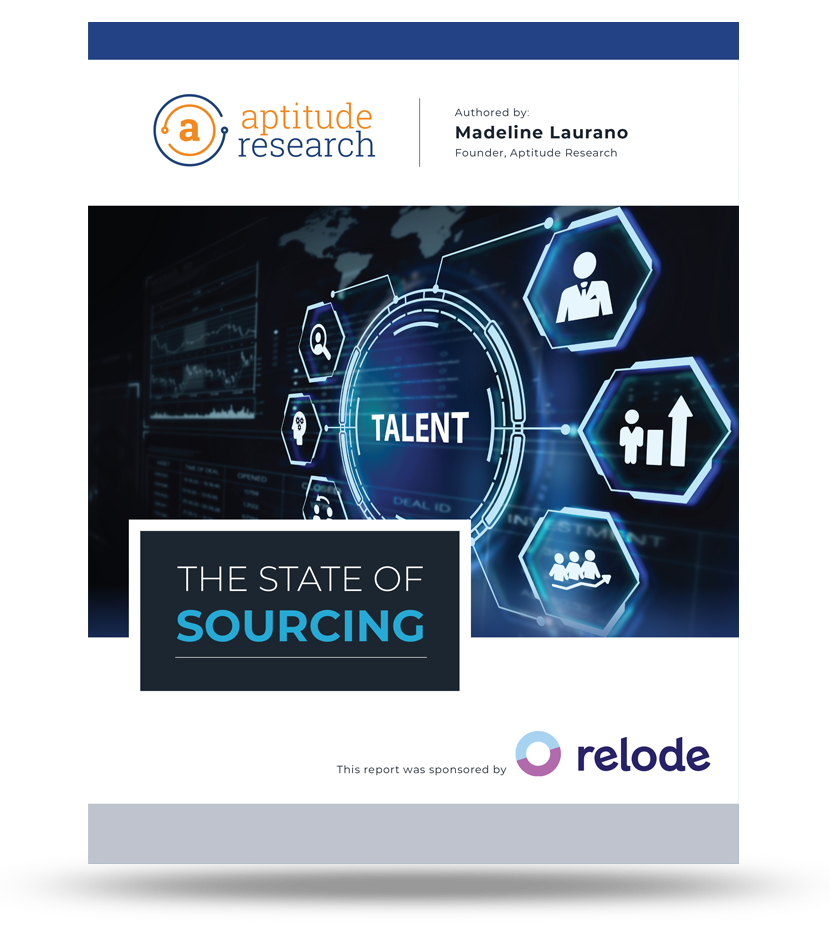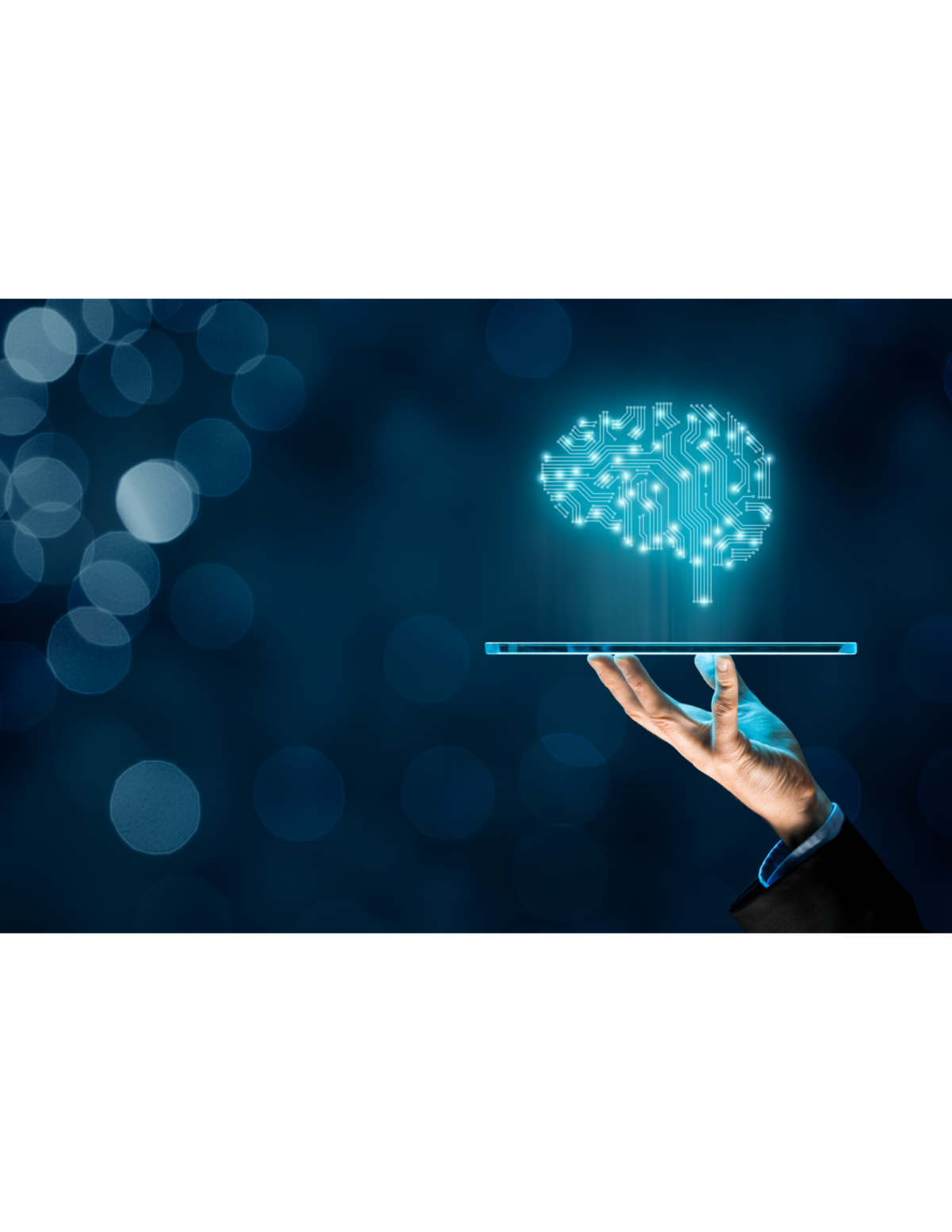Today, Phenom announced the acquisition of Tydy, a global preboarding and onboarding provider. Tydy connects tools, processes and people to generate workflows that are personalized for each user. This announcement is Phenom’s fifth acquisition to date – rounding out its TA platform and expanding further into employee experience technology.
Kyle and I had the opportunity to interview Mahe Bayireddi about the acquisition and understand how Tydy will support Phenom’s product strategy.
Onboarding is the most critical part of any talent strategy. It is the first impression between an employee and employer and the transition between talent acquisition and talent management. When companies get onboarding wrong, it impacts revenue, retention, and productivity. According to Aptitude Research, onboarding has a significant impact on retention, employer branding, and quality of hire.
- Retention: Eighty-six percent (86%) of employers believe that new hires make the decision to stay at a company in their first 90 days.
- Employer Branding: Three-quarters (75%) of new hires share their first day of work experience on social channels.
- Quality of Hire: Eighty-three percent (83%) of employers believe managers know if a new hire is a quality hire within the first 90 days.
But, as companies prepare for the future of work and invest in talent transformation, onboarding is often overlooked. Companies are twice as likely to spend on talent acquisition and employee experience than onboarding, and 42% of companies do not have a dedicated onboarding solution. Only 26% of companies are fully automating the onboarding process.
This acquisition highlights the importance of onboarding and the role it plays in connecting candidate and employee experiences.
Why This Acquisition Makes Sense
Phenom’s acquisition of Tydy underscores its dedication to enhancing employee experiences through personalized and automated solutions. Tydy’s innovative onboarding platform is designed to streamline the onboarding process, making it more efficient and engaging for new hires. By integrating Tydy’s technology into its existing TXM platform, Phenom aims to provide a seamless, end-to-end experience for employees from the moment they receive their offer letter.
It is not just a check the box acquisition, it is part of a strategic vision and commitment to providing exceptional experiences.
Tydy’s platform is known for its ability to deliver personalized onboarding journeys tailored to the unique needs of each employee. This aligns with Phenom’s commitment to personalization, ensuring that new hires receive relevant information, training, and support based on their role, location, and individual preferences.
What Customers Can Expect
With the integration of Tydy into Phenom’s platform, customers can expect a more robust and comprehensive onboarding solution. One of the key benefits of this acquisition is that Phenom’s platform is built on a single code base, ensuring a seamless and cohesive experience for users. Unlike a Frankenstein model, where disparate systems are pieced together, Phenom’s unified platform offers consistency in experience.
Founded in 2019 and adopted by companies in more than 30 countries, Tydy connects tools, processes, and people to generate workflows that are seamless, efficient, and personalized for each user. Several of the world’s largest brands use Tydy’s Employee Data Platform (EDP) to reduce manual effort from HR, IT, and Operations teams, easily achieve compliance through automation, and decrease the amount of time it takes to onboard employees.
Customers can look forward to a streamlined onboarding process that reduces administrative burdens and accelerates time-to-productivity for new hires. The combined capabilities of Phenom and Tydy will provide HR teams with powerful tools to automate tasks, track progress, and engage new employees effectively.
Phenom’s acquisition of Tydy marks a significant milestone in its journey to improve the employee experience. By combining Tydy’s innovative onboarding solutions with Phenom’s comprehensive platform, organizations can look forward to a more engaging, personalized, and effective onboarding process that supports their overall talent management strategy.

